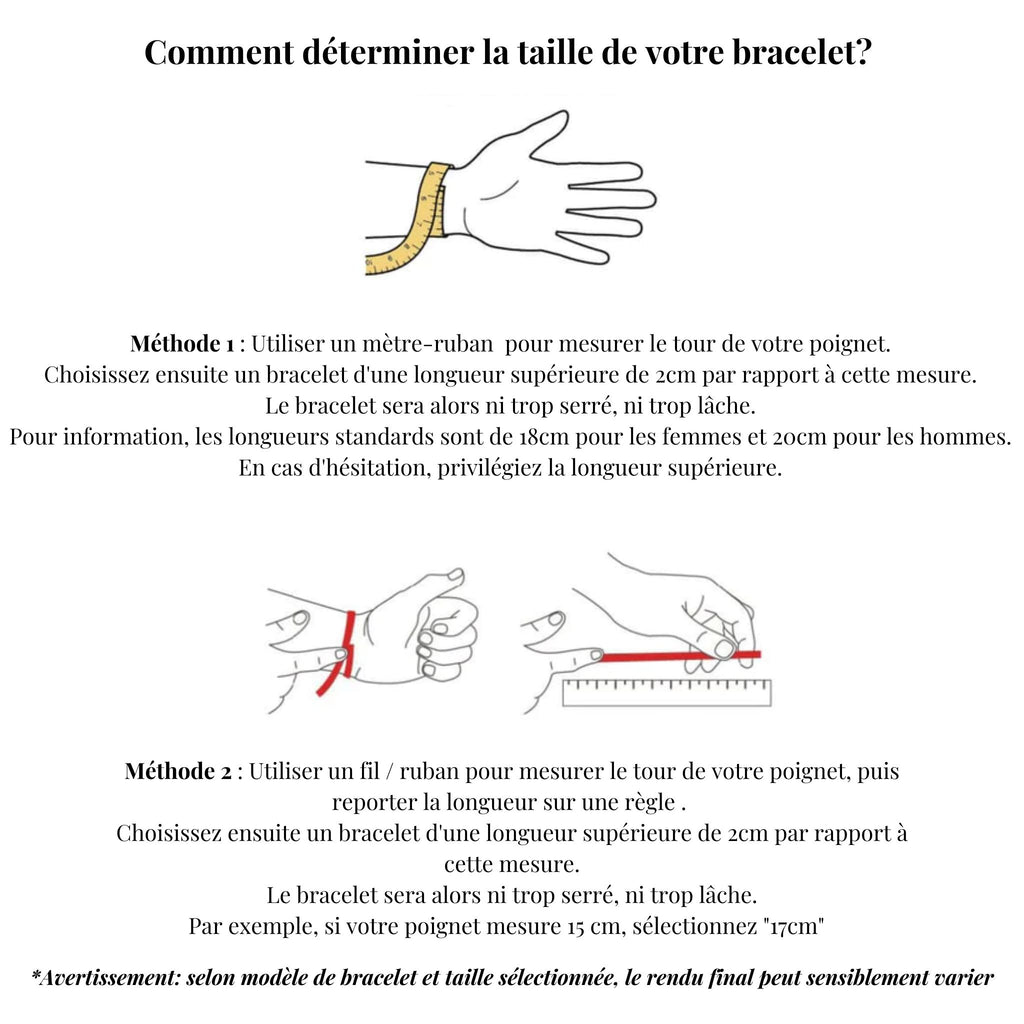
Turquoise Stone: Virtues of Turquoise
In lithotherapy, Turquoise is a stone well known for its healing properties . Just as the Indians did to heal the wounds of scorpions and snakes , lithotherapists use it to treat and regulate a number of dysfunctions in the human body.
- Origin of the name : From the name “Turquoise” meaning “stone from Turkey”
- Group belonging to : Alumina phosphate
- Color(s) : Blue, gray, green
- Symbol : Water, Fire, Sun
- Hardness : Between 5 and 6
- Main deposits of Turquoise : Afghanistan, Australia, China, United States, France, Iran, Israel, Mexico, Tanzania
- Chemical composition : Hydrated basic phosphate of aluminum and copper
- Day of the week : Wednesday
Varieties of Turquoise
Turquoise exists in shades varying from deep azure blue to intense green . It depends on the coloring elements it contains. Thus, the more copper there is, the bluer the Turquoise; chromium and vanadium provide a green shade; and iron gives a yellow note. Turquoise may tarnish or change color if it dries out or is exposed to high heat.
Turquoises often include dark veins which reflect the presence of other minerals installed in the cracks .
There are different varieties of Turquoise :
blue Turquoise ,
Properties and virtues of Turquoise
On the mental level
On a mental level in lithotherapy, the Turquoise stone helps to soothe and calm all forms of anger. It also helps increase empathy . Turquoise will develop personal development.
The Turquoise stone helps on a psychological level and in this sense, the renewed confidence allows you to develop communication with others. Empathy is there. The mood is stabilized, anger subsides and inner calm is restored.
Turquoise thus avoids changing moods randomly and without reason. It fights against fatigue , against contrasting and driven moods.
On the physical level
On the physical level in lithotherapy, the stone has its virtues mainly on the alleviation of pain , on bodily fluids as well as on the nervous system .
The Turquoise stone will allow the strengthening of the body meridians as well as the energy fields. Always with the aim of limiting excesses, Turquoise reduces excess acidity , it will regulate the diet . It is widely used by lithotherapists to treat the stomach, rheumatism, cramps and pain of all kinds (muscular, etc.).
This sacred stone is a detoxifier and anti-inflammatory . Turquoise protects against eye conditions and strengthens eyesight. In particular, it helps treat certain diseases such as cataracts. It wards off viruses and infections of all types.
Chakras
It can be used at the level of the Throat Chakra to achieve letting go , and thus promote expression with others through communication and listening . Finally, it will fight against diseases of the lungs but also of the throat.
Lithotherapists use Turquoise at the level of the Third Eye Chakra to develop intuitions or strengthen each meditation . It keeps negative waves away.
On the Heart Chakra , Turquoise strengthens friendship , calms anger and generally stimulates love and friendship . It helps regulate the nervous system and strengthen the immune system.
For the Solar Plexus Chakra , Turquoise will help avoid poisoning but also excess cholesterol.
At the level of the Sacral Chakra , it helps to clean and regulate bodily fluids , namely urine, blood, hormonal secretions and even semen.
Astrological signs
Turquoise is generally linked to the astrological signs of Libra , Gemini , Pisces , Sagittarius , Aquarius , but above all, Scorpio .
The latter, often considered to be hampered by a very high intensity of energy , sometimes turned negatively against itself, can be greatly helped by Turquoise which resolves its blockages , bringing calm and inner peace .
Recharging and purification
It is important to maintain your Turquoises regularly and to be very attentive to their condition . This is a delicate gemstone , which is best discharged not in water but with sea salt . To recharge it , use the rays of the Moon .
It may happen that your Turquoise loses its color and becomes dull . In this case we say that it is “ extinct ”. This is a sign that she is exhausted and that she has communicated all her strength to you. The best thing to do is to return it to the earth where it can rest .
Meaning and History of Turquoise
In 6000 years BC, the stone was used by the Egyptians for fashion and decorative purposes . This stone was found in the form of a Turquoise bracelet , particularly on the arms of mummies . It was also widely used in Persia as currency for other objects.
In East Asia , mainly in Tibet and India , the stone was used for its medicinal properties , in jewelry for making Turquoise necklaces or even pendants, as well as in art .
During this time in the United States , Native Americans attributed many virtues to it . The Apaches believed in Turquoise for its alliance of sky and sea , protecting and guiding warriors and hunters . For their part, the Navajo considered this stone to be a piece of heaven that had fallen to earth. As for them, the Aztecs believed that Turquoise was too powerful to be worn by humans and that only the gods were capable of it.
At the time of the Renaissance , Turquoise began to become known in Europe and gradually spread.
Today , the Turquoise stone is widely used in jewelry for the manufacture of numerous jewelry, necklaces, bracelets, rings and even pendants. Goldsmiths are very fond of it, so much so that this stone is very prized .























